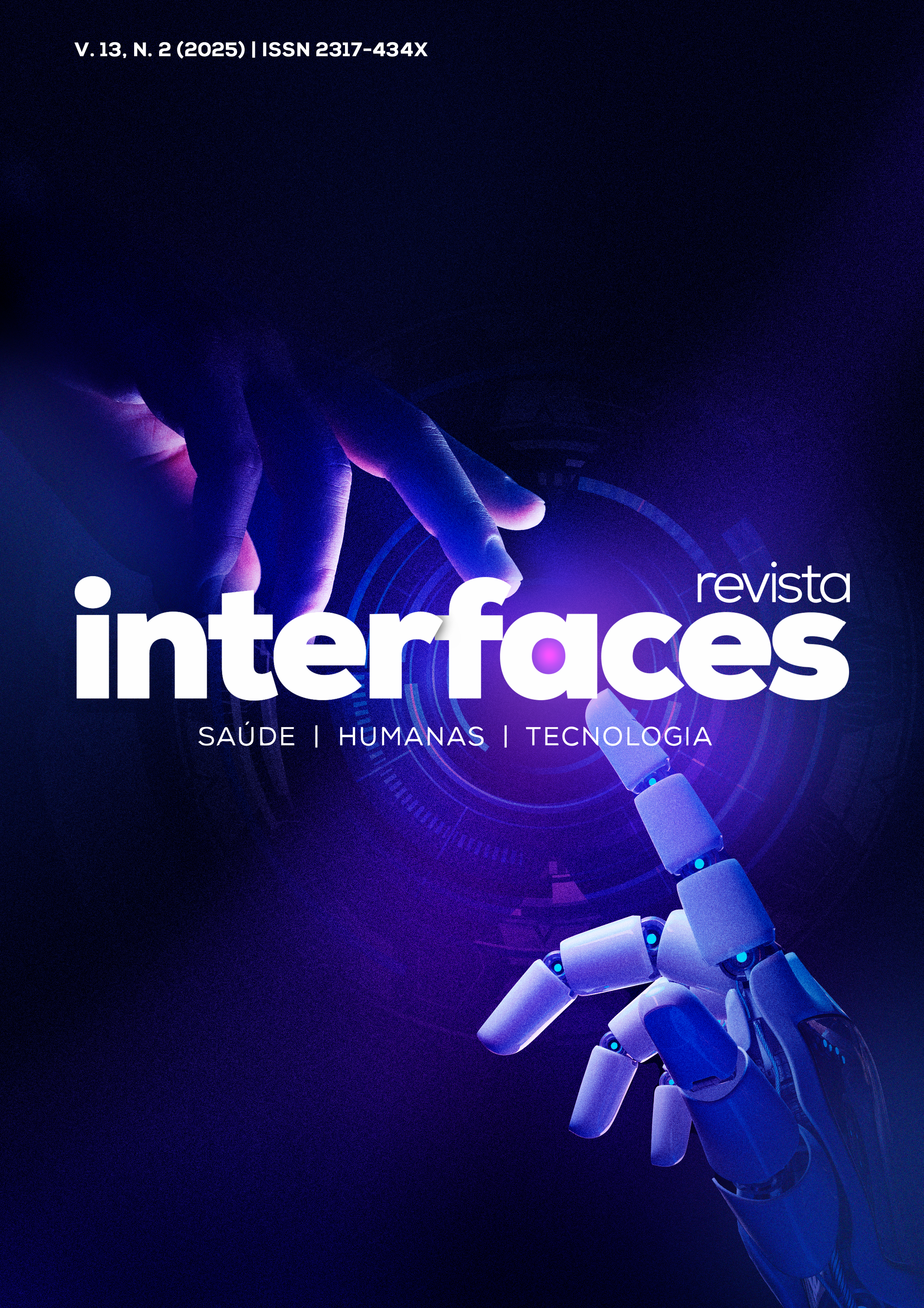Português
DOI:
https://doi.org/10.16891/2317-434X.v13.e2.a2025.id2136Keywords:
cinema, formação, psicologiaAbstract
This article was written between psychology and education, on the floor of the public university. The training of psychologists and practices aimed at the school environment also have as their main reference the clinical-assistance and individualizing model, inspired by the medical logic of diagnosis and treatment. The discomfort with this scenario reverberates in the daily classroom as an invitation to reinvention. But how to stutter schooling and the politics of recognition that are installed in the training process? Our bet is that watching and making cinema in the classroom, as an aesthetic experience, can produce a special cognitive state, an encounter with life, triggering attentional gestures of openness. The production of research data was inspired by screen ethnocartography as a theoretical-methodological resource. The two ethnocartographed films were created by psychology students with the device “History of objects”, whose objective was to film the emotional relationship between a person and a school object. The stories of a serious notebook and a gold watch led our gaze in unknown directions, confusing our practices and raising disturbing and childish questions. What can a serious notebook tell us about university education? How can a gold watch question us about how we know? When we look at an image we are invited to leave it and ourselves, stripping ourselves of our knowledge to risk thinking the unthinkable, perhaps a childish psychology that inhabits curiosity and feeds the taste for questions.

